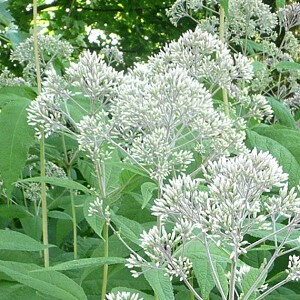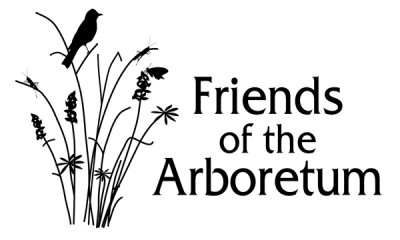
COMMON NAME: Boneset
SCIENTIFIC NAME: Eupatorium perfoliatium – This name comes the Greek king of
Pontus, Mithridates Eupator, who lived about 115 BC. He is said to have discovered
this as an antidote to a commonly used poison. And perfoliatium means “through the
leaf.”
FLOWER: Clusters of white flowers in 6 inch flat to roundish heads.
BLOOMING PERIOD: July to October
SIZE: Can be as much as 5 feet tall
BEHAVIOR: Vigorous. Tends to be a “pioneer” specie.
SITE REQUIREMENTS: Has a wide tolerance for light and moisture, but prefers
moist to wet soil and full sun.
NATURAL RANGE: Quebec to SE Manitoba, south to Florida and Louisiana. Grows
in nearly all of Wisconsin.
SPECIAL FEATURES: Boneset attracts bees, wasps, butterflies and beetles. It was
used in the Old South to ease symptoms of dengue fever (breakbone fever) because
of its analgesic and fever reducing properties.
SUGGESTED CARE: Once it gets established it should be able to take care of itself.
Weed it occasionally and don’t let it get too dry.
COMPANION PLANTS: Its wide tolerance of light and moisture levels means it can
be grown with many other species. It seems to be found most commonly with
swamp aster and purple meadowrue.
608-890-2555
staff@foamadison.org
